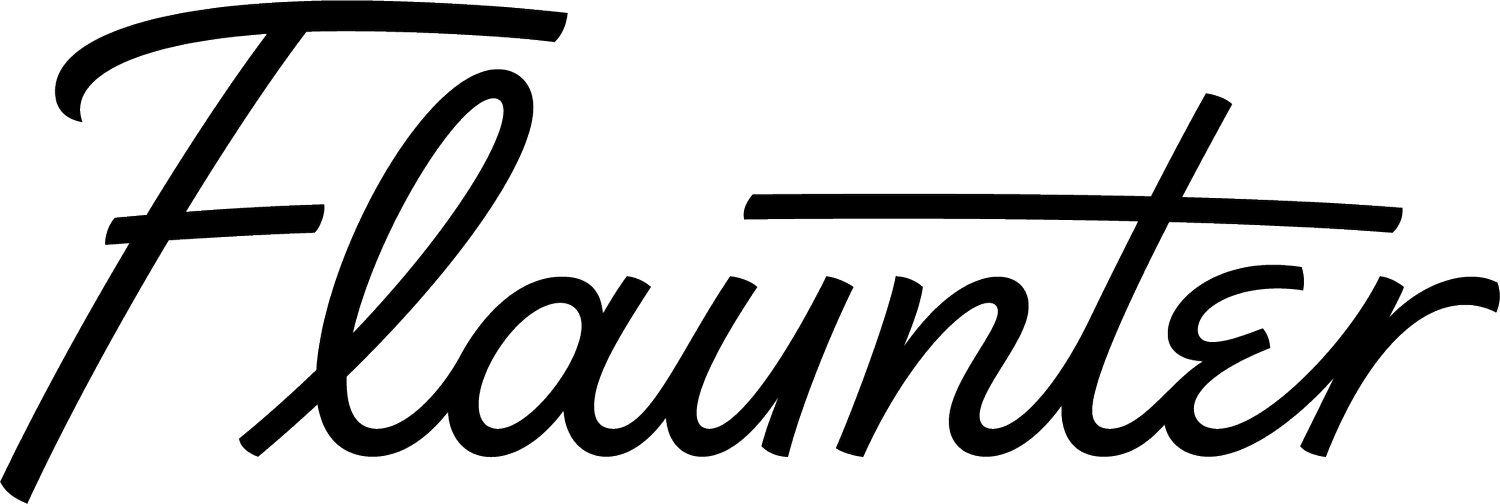From the Mouths of Media: Che-Marie Trigg, Broadsheet
Image: Provided
Ever wondered what editors really want from the PRs they work with? We spoke to some of the best in the business to find out how to stand out from the pack, build relationships and get that coveted coverage. We spoke with Che-Marie Trigg, Sydney Editor of Broadsheet to find out more.
F: Do you read media releases or do you prefer a well crafted pitch email? What are 3 things that must be included in a media release or pitch email?
CT: I typically prefer a quick run down of what the pitch is, and the hook for a potential story, before I will click on a media release.
1. Who is behind what you’re pitching – so often an email or press release will pitch generic stories (that very often aren’t anything like what we might run) rather than just telling us the actual product/ venue / person they are trying to pitch.
2. The story behind the company / product. Often PRs will assume we know as much about their client as they do, and just drop in a name – with 100s of emails a day it’s literally impossible to know everything about everyone. Background info and why we should care is really important!
3. The news angle. We are predominantly a news site; many, many pitches that come through don’t have a news angle – we often try and dig in and find them, but when trawling through hundreds of emails, if your pitch doesn’t have newsworthiness, there’s a good chance we won’t have scope to cover it.
F: What do you look for in an email subject line that makes you want to open it?
CT: The who, the what and that news hook – if you can condense that into a subject line, there’s a good chance we’ll click!
F: What are imagery must-haves? E.g. high resolution, lifestyle and deep etched.
CT: We can only run landscape-oriented images on our site (same goes with many publications working in the same space, I believe). Portrait-oriented images can crop strangely on our site. As the imagery on our site is as important as words, the right photos can make the difference between us covering a story or not. Web-res is fine, and we prefer lifestyle imagery to deep-etch.
F: What’s the best pitch you’ve ever received and why did it stand out?
CT: A couple of years ago a big American publication wrote a story about Aperol Spritzes being overrated. A PR suggested we write an op-ed disagreeing – it was a great, timely idea, that showed they understood what we do and our audience.
F: How many emails a day would you send going back and forth with brands about things like RRP, availability etc.?
CT: At least two fact-checking emails per story (in addition to organising photoshoots, getting the story organised in the first place).
F: How important is it for brands to understand the constraints you are under – e.g. journalists being judged on the number of clicks their stories receive.
CT: Really important! Everyone thinks their story is worth telling – and it is. But that doesn’t mean our readers will care, and at the end of the day our job is to entertain and inform our readers. Other constraints include imagery (as mentioned above), time (we are a small team that receives hundreds of pitches each day) and budget.
F: How do you use Flaunter?
CT: I use Flaunter when that’s the platform a PR uses for imagery. It is really helpful to be able to use it for the most up-to-date images, and to avoid expired WeTransfers, Dropbox folders that have been moved, etc. It makes it easy to just be able to search for stuff on there, rather than hassling a PR when I’m on a tight deadline.


